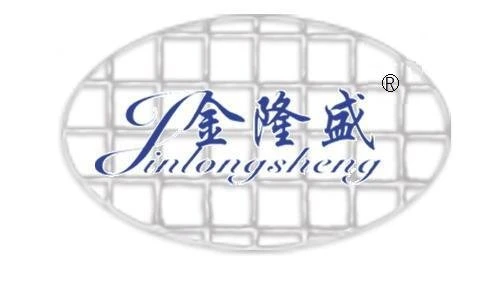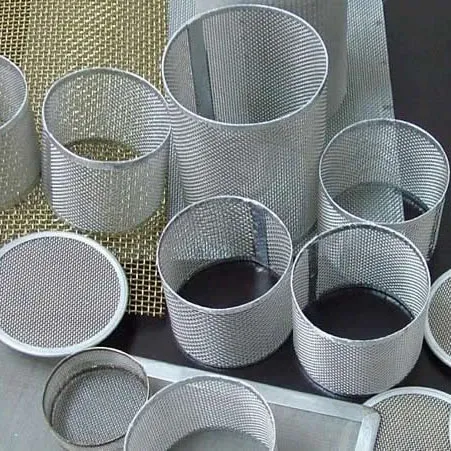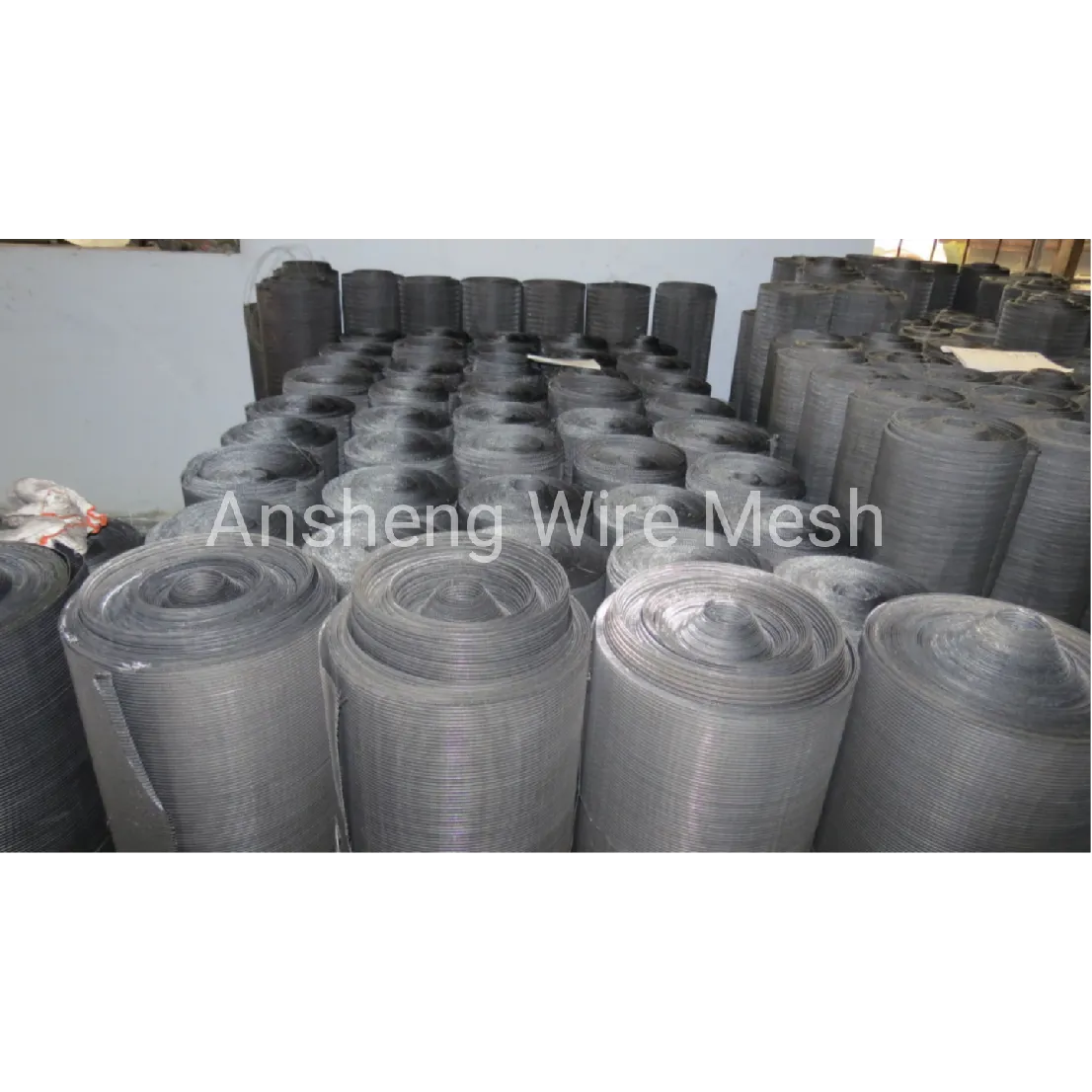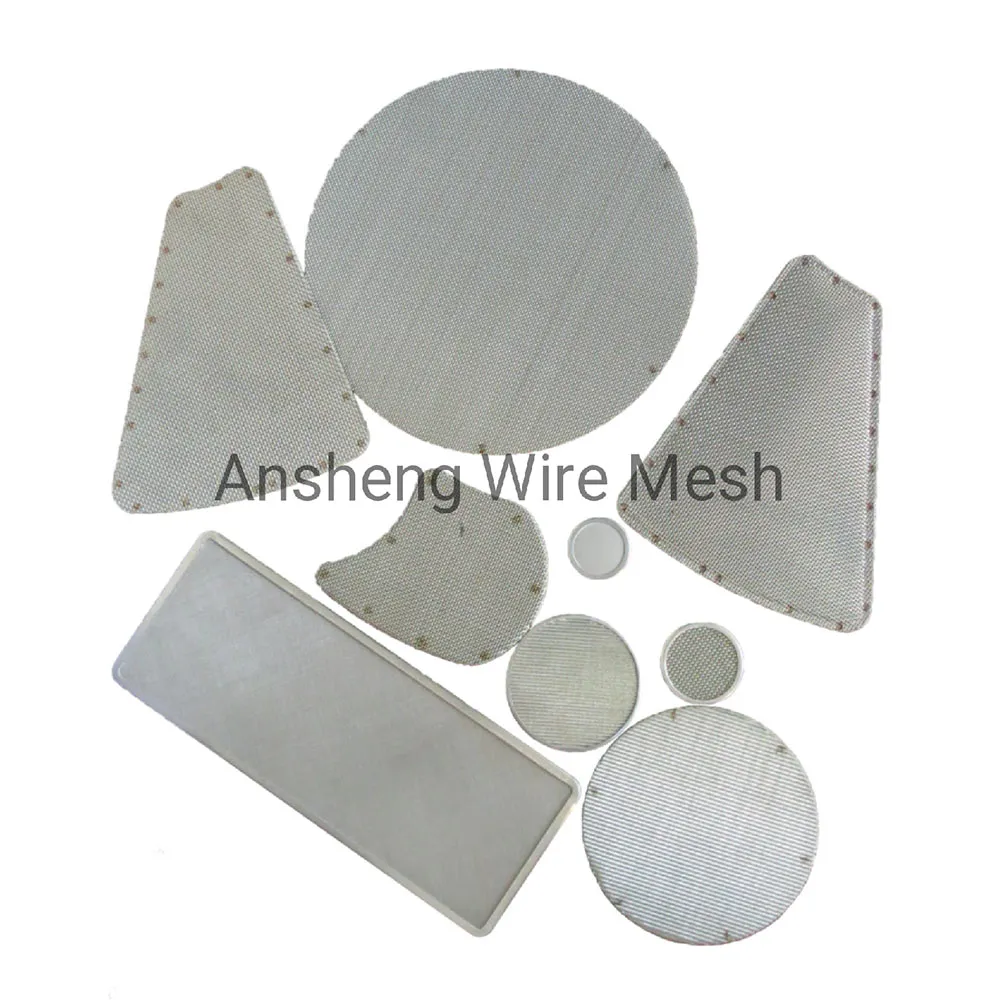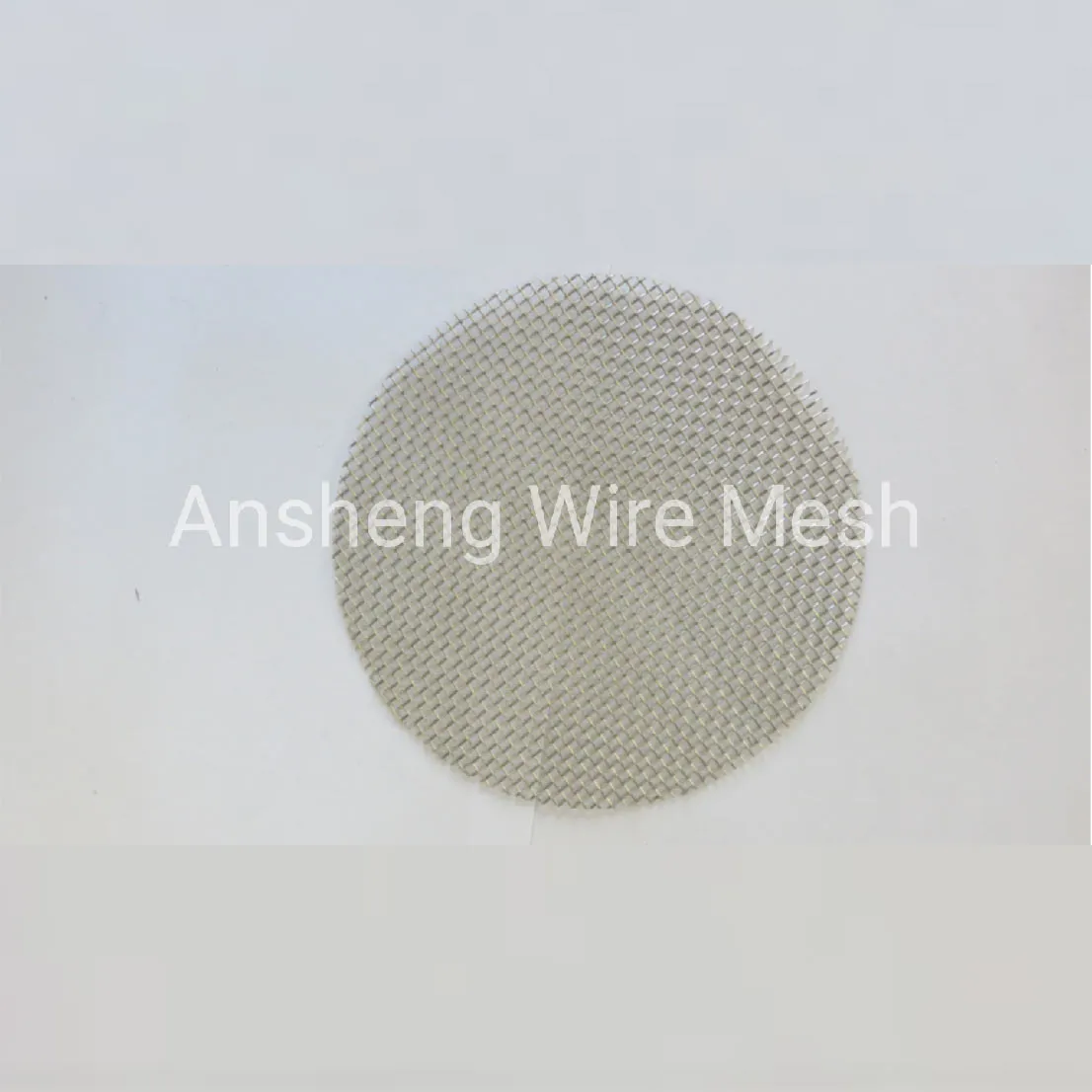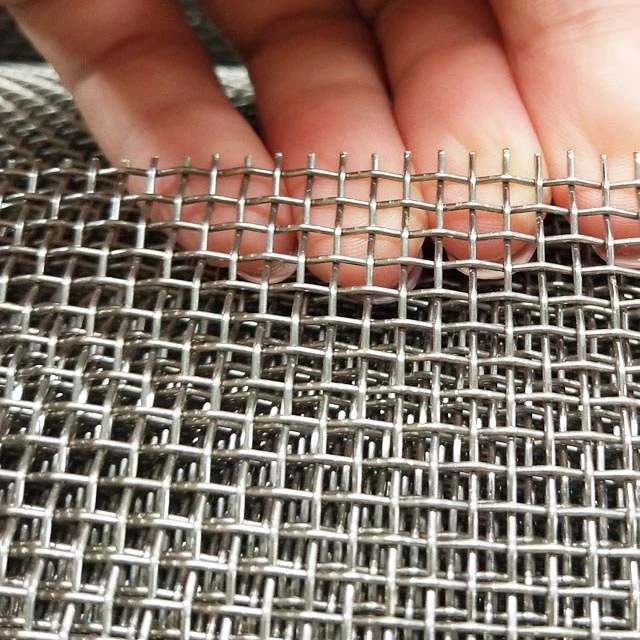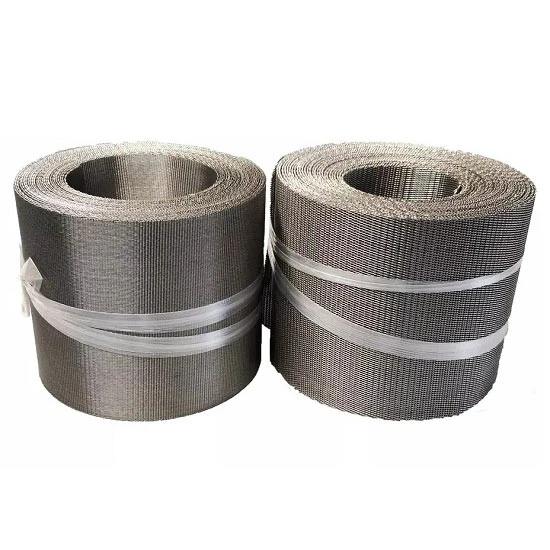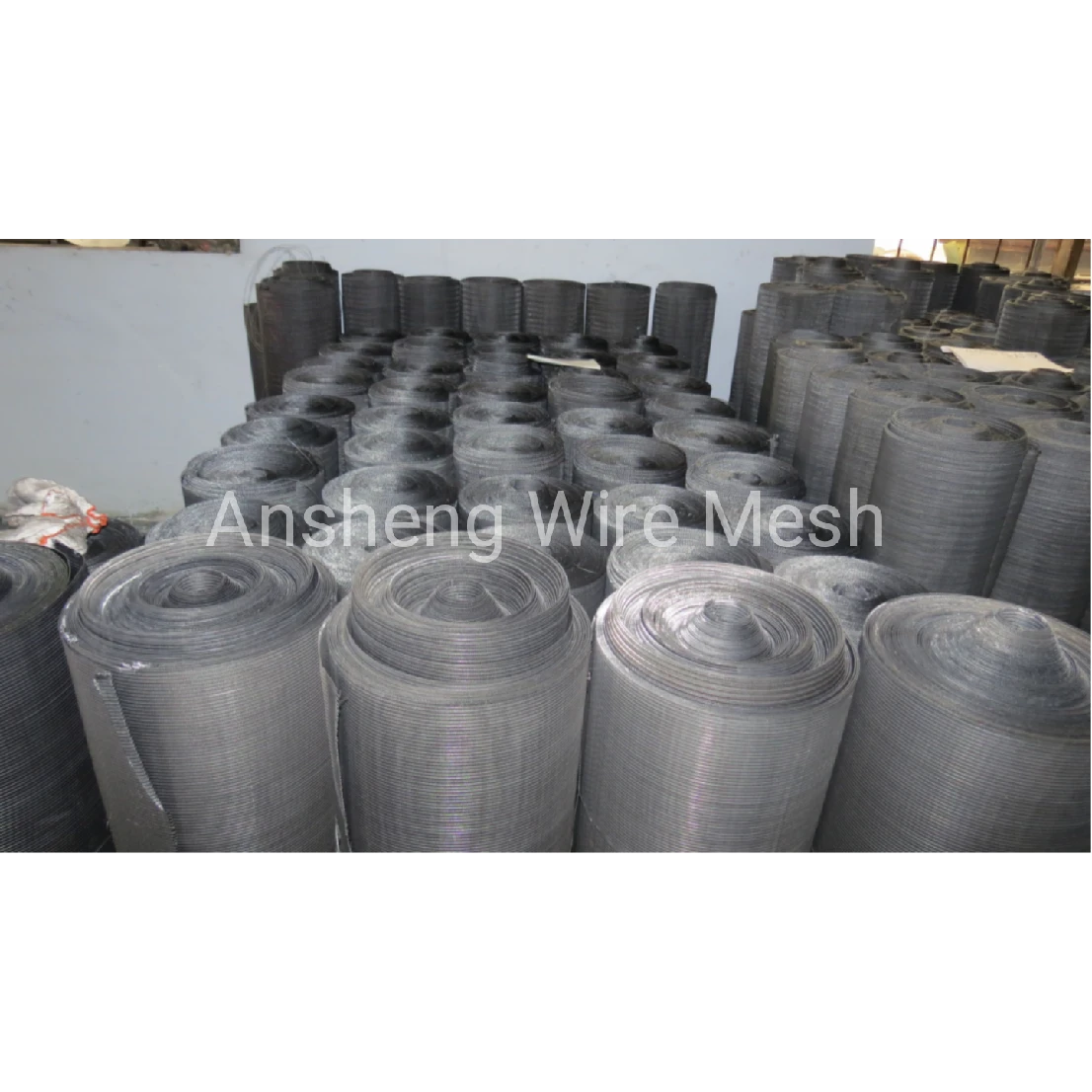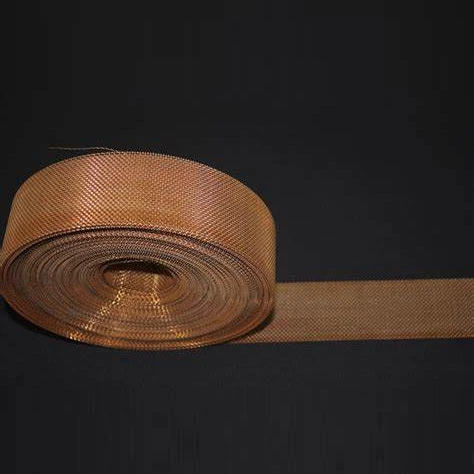Understanding Stainless Steel Rodent Mesh: Why It Matters Worldwide
At first glance, stainless steel rodent mesh might seem like a niche product — just a metal grid to keep pesky rodents at bay. But dig a little deeper and it's clear this simple material plays a surprisingly critical role in public health, food security, and infrastructure protection worldwide. Its story is one of durability, innovation, and practical problem-solving that crosses continents and industries.
Think about communities vulnerable to rodent-borne diseases or agricultural losses caused by pests. An effective rodent barrier can literally save lives and livelihoods. This article pulls back the curtain on stainless steel rodent mesh — what it is, why it's so globally relevant, and how understanding its properties and applications can help industries, NGOs, and governments tackle persistent challenges.
Global Perspective: The Growing Need for Stainless Steel Rodent Mesh
Globally, rodent infestations lead to significant economic and health issues. According to the World Health Organization (WHO), rodents are responsible for spreading diseases that affect millions annually, including leptospirosis and hantavirus infections. In agricultural sectors, the Food and Agriculture Organization (FAO) notes up to 20% annual crop losses in some regions due to rodents.
That’s where stainless steel rodent mesh steps in. Unlike traditional materials, its robustness and corrosion resistance make it ideal for harsh environments, from humid tropical warehouses in Southeast Asia to cold storage units in Northern Europe. The market demand reflects this: the stainless steel mesh sector is growing steadily at an estimated 5-7% CAGR globally, driven by rising infrastructure investments and stricter regulatory standards.
But here's the problem many face: how to deploy durable, cost-effective rodent barriers that last years in widely varying climates and conditions — without resorting to toxic chemicals or fragile solutions prone to failure. The material properties of stainless steel mesh uniquely address these challenges.
Mini takeaway: The increasing global push for safer, sustainable pest control aligns perfectly with stainless steel rodent mesh’s strengths.
What Exactly Is Stainless Steel Rodent Mesh?
At its core, stainless steel rodent mesh is a woven or welded grid of stainless steel wires. The mesh openings are small enough to prevent rodents (rats, mice, squirrels) from passing through, yet large enough to allow airflow and visibility. Stainless steel alloy composition — typically 304 or 316 grades — provides exceptional corrosion resistance, mechanical strength, and longevity.
It’s widely used in food processing plants, pharmaceutical facilities, storage warehouses, and even humanitarian projects like emergency shelters and food distribution points. Essentially, wherever there’s a need to exclude rodents without compromising hygiene or structural integrity, this mesh is a go-to solution.
Frankly, it’s a product born from combining age-old protective mesh ideas with modern metallurgical advances. Less downtime from rodent damage means safer environments and cost savings.
Mini takeaway: Stainless steel rodent mesh is a simple, effective barrier, powered by smart alloy and design choices, with broad relevance to public health and industry.
Core Components That Make Stainless Steel Rodent Mesh Exceptionally Effective
1. Durability & Corrosion Resistance
Many materials get brittle or corrode over time, especially in humid or salty environments. Stainless steel shines here. It can take decades without rusting or weakening, preserving its mesh integrity against gnawing or weather wear.
2. Precise Mesh Sizing
The mesh aperture (hole size) is critical — typically 1-4 mm, tailored to block specific pests while allowing ventilation. Too big? Rodents squeeze through. Too small? It can reduce airflow or increase cost.
3. Structural Flexibility
The mesh can be woven for flexibility or welded for rigidity, allowing customization based on application needs — be it wraps for pipes or fixed panels on storage units.
4. Hygiene & Cleanability
Stainless steel doesn’t absorb moisture or odors. It’s easy to clean, sterilize, and maintain, meeting standards in food and pharmaceutical industries, where contamination prevention is key.
5. Cost Efficiency Over Time
Though initially pricier than plastic or galvanized steel meshes, its lifespan (often 15+ years) and reduced maintenance costs deliver significant return on investment.
Mini takeaway: The mesh’s unique combination of physical and chemical properties directly corresponds to practical pest control needs.
Real-World Applications Across the Globe
- Food Storage & Processing Facilities: In North America and Europe, stainless steel mesh ensures rodent exclusion in warehouses, preventing food contamination.
- Humanitarian Relief: NGOs use it in temporary shelters and food supply points post-natural disaster, such as in parts of Sub-Saharan Africa and Southeast Asia, preventing disease outbreaks in vulnerable populations.
- Industrial Sites: Chemical plants and power units in the Middle East deploy mesh barriers around cable conduits and ventilation shafts to reduce rodent damage to infrastructure.
- Agriculture: In Australia and South America, mesh fencing protects grain silos and storage bins against rodent infestation.
Basically, any place that depends on keeping rodents out without harming the environment can find value here.
Advantages & Why Stainless Steel Rodent Mesh Is a Smart Long-Term Investment
Think of it as peace of mind that lasts. The upfront cost is balanced by:
- Durability: Less frequent replacement means fewer disruptions and lower labor costs.
- Sustainability: Recyclable material, no toxic substances needed to repel pests, fitting green building practices.
- Safety: Prevents accidental contamination of food and medicines, supporting public health.
- Trust & Innovation: Companies that prioritize quality control and environment-friendly pest management gain better reputations.
Emotionally, it fosters confidence in building secure, reliable systems that protect communities and investment alike.
The Future: What’s Next for Stainless Steel Rodent Mesh?
Innovation isn’t standing still. Here are trends to keep an eye on:
- Smart Mesh: Incorporation of sensor technology for early rodent detection and monitoring.
- Advanced Alloys: New stainless steel variants with even higher corrosion resistance and tensile strength.
- Sustainability Certifications: Increasing demand for eco-labeled materials will push manufacturers to adopt greener production.
- 3D Printing & Customization: Tailored mesh panels created on-demand for urgent deployment.
Put simply, technology will make rodent control smarter, not just tougher.
Common Challenges & How Experts Overcome Them
No material is perfect. Some practical issues include:
- Higher Initial Cost: Some choose cheaper plastic meshes — but they often fail faster.
- Installation Complexity: Custom shapes can be tricky; skilled labor is needed for good fit.
- Weight: Stainless steel is heavier; transport and handling require care.
Experienced vendors mitigate these by offering modular designs, pre-cut panels, and detailed installation guides — making user experience smoother.
Product Specification Table
| Specification | Typical Range | Notes |
|---|---|---|
| Material Grade | 304, 316 Stainless Steel | 316 preferred near saltwater |
| Wire Diameter | 0.3 mm to 1.2 mm | Balance between durability & flexibility |
| Mesh Opening Size | 1 mm - 4 mm | Depends on type of rodent targeted |
| Panel Size | Customizable, often 1x2m sheets | Can be rolled or welded |
| Corrosion Resistance | High | Suitable for outdoor/harsh environments |
How Do Vendors Stack Up?
| Vendor | Material Quality | Customization Options | Delivery Speed | Price Range |
|---|---|---|---|---|
| Ansheng Filter Screen Co. | 304 & 316 Grade | Highly customizable | 2-3 weeks | Mid to High |
| Global Mesh Solutions | Standard 304 Grade | Limited panel sizes | 3-5 weeks | Mid |
| EcoRodent Supplies | Recycled Stainless Steel | Custom sizes, eco-certified | 4 weeks | High (premium) |
FAQ: Common Questions About Stainless Steel Rodent Mesh
- Q: How long can stainless steel rodent mesh last in outdoor environments?
- A: Properly installed and maintained stainless steel rodent mesh often lasts 15 to 30 years outdoors, thanks to its corrosion resistance and mechanical strength, making it an excellent long-term investment.
- Q: Is stainless steel rodent mesh eco-friendly compared to plastic alternatives?
- Yes, stainless steel is fully recyclable and doesn’t leach harmful chemicals, unlike many plastic meshes. It supports sustainable pest management and is favored in green building certifications.
- Q: Can I customize mesh sizes and panel shapes?
- Definitely. Vendors like Ansheng Filter Screen offer tailored apertures, wire diameters, and sheet dimensions to fit diverse project requirements.
- Q: What’s the best way to install stainless steel rodent mesh for heavy-duty industrial use?
- Installation typically involves securing mesh with stainless steel clamps or fasteners onto frames or penetrations. Pre-cut panels help reduce on-site labor. Professional guidance ensures optimal fit to avoid gaps.
- Q: Can this mesh be used in food processing areas without contaminating products?
- Absolutely. Since stainless steel is easy to clean, resists corrosion, and meets hygiene standards, it’s commonly employed in food-grade environments to prevent pest ingress without compromising cleanliness.
In Conclusion: Why Stainless Steel Rodent Mesh Is More Than Just a Barrier
So, here’s the short story: stainless steel rodent mesh isn’t just a strip of metal — it’s a frontline defense for health, food security, and infrastructure around the world. Yes, it’s an investment, but its durability, adaptability, and sustainability pay dividends for years, across countless environments and industries.
Thinking about your next pest control or industrial protection project? You might want to start by exploring trusted vendors like Ansheng Filter Screen who specialize in quality stainless steel rodent mesh solutions tailored for your needs.
References
Post time: Nov . 21, 2025 20:30
